Worksheets For Kids: Verb Worksheets Preschool
Worksheets don’t have to be tedious. Imagine a learning space alive with excitement or a calm corner where kids eagerly engage with their assignments. With a dash of imagination, worksheets can shift from plain drills into captivating tools that fuel growth. Whether you’re a instructor designing lesson plans, a DIY teacher seeking variety, or simply a creative soul who loves educational play, these worksheet ideas will fire up your vision. Shall we dive into a universe of options that fuse learning with pleasure.
Free Printable Matching Opposite Words Worksheet - Kiddoworksheets
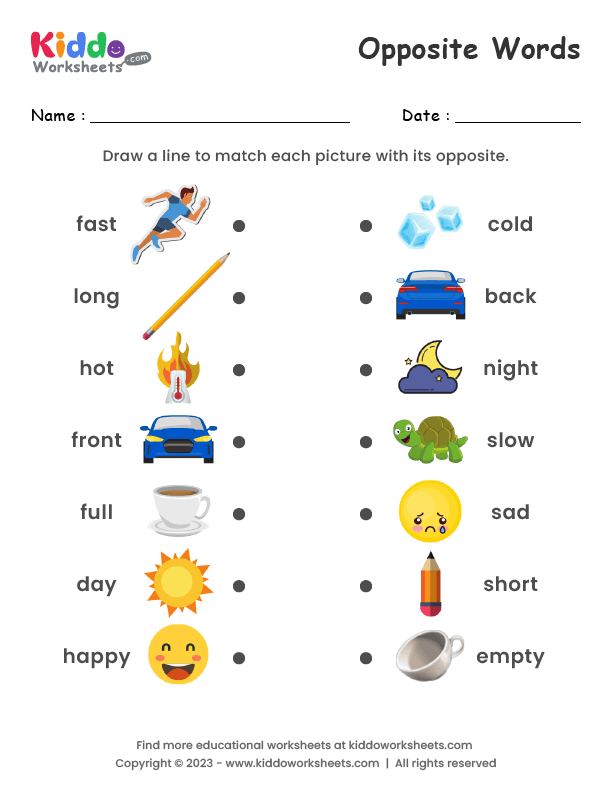 www.kiddoworksheets.comFree Printable Coloring Worksheets - Bút Chì Xanh
www.kiddoworksheets.comFree Printable Coloring Worksheets - Bút Chì Xanh
 butchixanh.edu.vnFree Printable Transportation Worksheets For Kids! ⋆ The Hollydog Blog
butchixanh.edu.vnFree Printable Transportation Worksheets For Kids! ⋆ The Hollydog Blog
 thehollydogblog.comFree Worksheets For Kids Archives - Kidpid
thehollydogblog.comFree Worksheets For Kids Archives - Kidpid
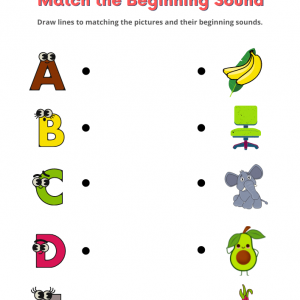 members.kidpid.comVerb Worksheets Preschool | 5 Free PDF Printables
members.kidpid.comVerb Worksheets Preschool | 5 Free PDF Printables
 worksheetspreschool.comFree Printable Worksheets For Kids - Kiddoworksheets - Worksheets Library
worksheetspreschool.comFree Printable Worksheets For Kids - Kiddoworksheets - Worksheets Library
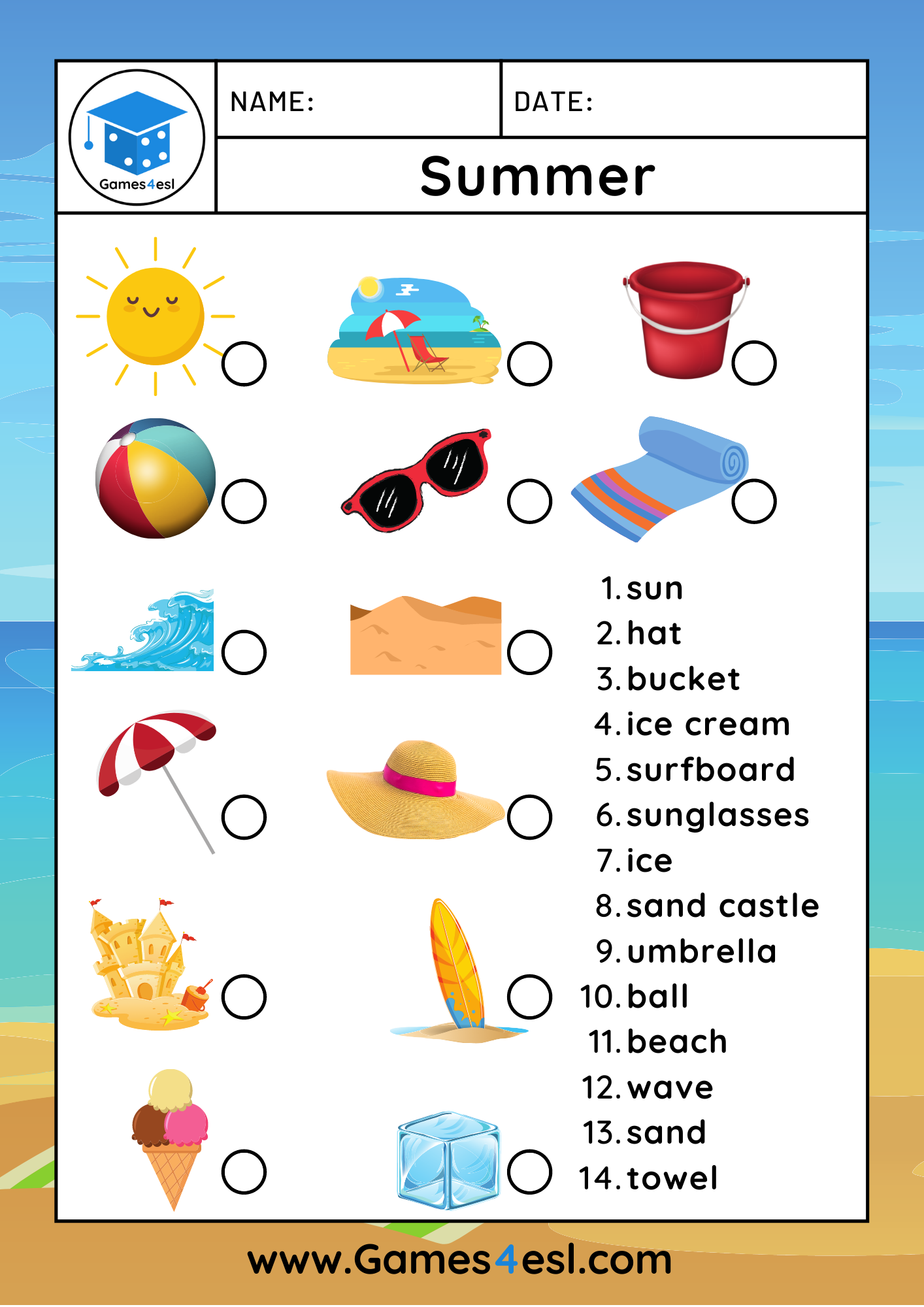 worksheets.clipart-library.comFree Identify Pictures Worksheet For Kids
worksheets.clipart-library.comFree Identify Pictures Worksheet For Kids
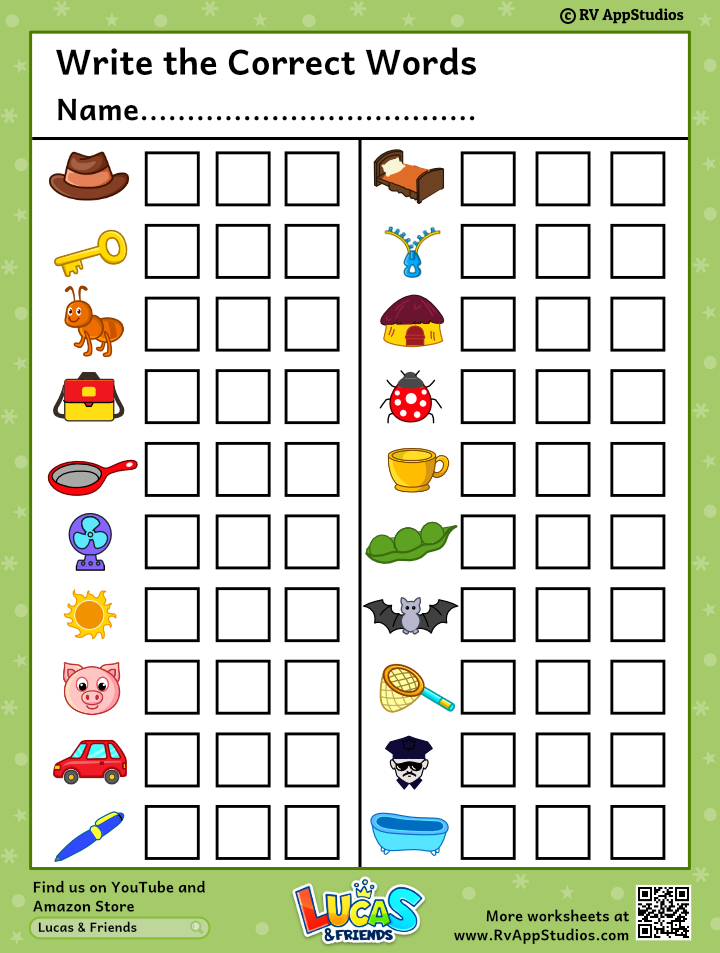 coloring-pages-for-kids.rvappstudios.comworksheets spelling identify
coloring-pages-for-kids.rvappstudios.comworksheets spelling identify
Matching Worksheets For Kids Free Printables
 mungfali.comFree Worksheets For Kids - Printable PDF Worksheets For School
mungfali.comFree Worksheets For Kids - Printable PDF Worksheets For School
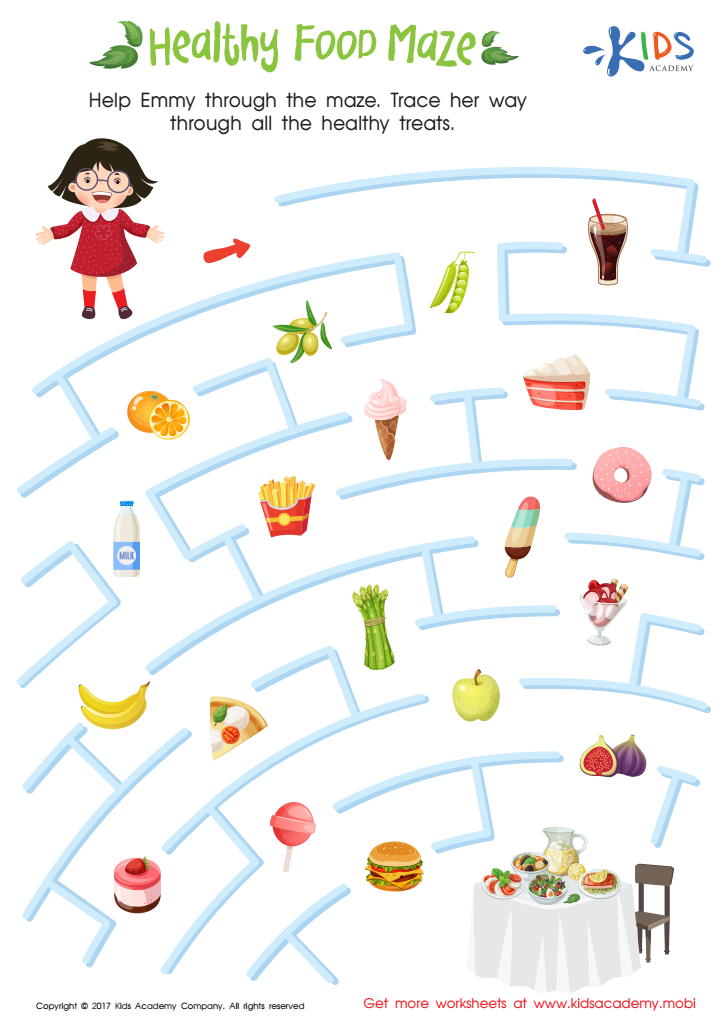 www.kidsacademy.mobiPrintable Kids Fun Worksheets For Lesson Plan | 101 Activity
www.kidsacademy.mobiPrintable Kids Fun Worksheets For Lesson Plan | 101 Activity
 101activity.comukg kindergarten counting maths learningprintable manners hubpages mealtime 101activity
101activity.comukg kindergarten counting maths learningprintable manners hubpages mealtime 101activity
How Come Worksheets Count Worksheets are more than only paper and pencil work. They strengthen skills, support personal exploration, and supply a tangible tool to measure development. But here’s the twist: when they’re smartly designed, they can too be entertaining. Did you imagined how a worksheet could serve as a game? Or how it could nudge a child to explore a subject they’d typically overlook? The trick rests in changing things and originality, which we’ll uncover through realistic, interactive tips.
1. Narrative Fun Through Blank Filling As an alternative to typical gap fill exercises, try a story based spin. Offer a quick, odd tale beginning like, “The adventurer tripped onto a glowing place where…” and create gaps for words. Children complete them in, creating wild tales. This is not only word work; it’s a creativity booster. For small learners, include goofy ideas, while more advanced kids would tackle detailed terms or story turns. What kind of adventure would you imagine with this idea?
2. Puzzle Packed Math Challenges Calculations shouldn’t appear like a drag. Create worksheets where solving tasks unlocks a game. Picture this: a grid with digits scattered across it, and each right solution displays a bit of a mystery image or a hidden word. Or, build a word game where prompts are calculation challenges. Simple plus exercises would match newbies, but for experienced thinkers, tricky problems could spice the mix. The active act of solving maintains children hooked, and the prize? A feeling of victory!
3. Quest Version Research Transform fact finding into an adventure. Plan a worksheet that’s a search game, pointing kids to discover tidbits about, perhaps, animals or famous people. Toss in prompts like “Locate a animal that rests” or “List a figure who ruled pre 1800.” They can dig into books, online sources, or even interview friends. As the challenge seems like a game, focus skyrockets. Link this with a bonus inquiry: “Which one fact shocked you biggest?” All of a sudden, quiet study shifts to an dynamic discovery.
4. Creativity Pairs with Education Who claims worksheets shouldn’t be colorful? Blend drawing and learning by adding areas for doodles. In biology, children may mark a human piece and sketch it. History fans could sketch a scene from the Revolution after completing queries. The act of sketching reinforces memory, and it’s a pause from text heavy pages. For variety, tell them to doodle an item silly connected to the lesson. What kind would a animal piece seem like if it planned a celebration?
5. Imagine Stories Capture thoughts with acting worksheets. Offer a setup—perhaps “You’re a leader setting up a town party”—and add prompts or jobs. Learners might figure a cost (arithmetic), pen a address (language arts), or sketch the party (location). Although it’s a worksheet, it sounds like a play. Detailed scenarios can push mature students, while simpler tasks, like arranging a friend show, match early kids. This approach blends areas perfectly, teaching how abilities relate in real life.
6. Pair Up Words Language worksheets can sparkle with a mix and match angle. Place vocab on the left and funny explanations or uses on the right, but throw in a few tricks. Learners link them, laughing at silly mix ups before spotting the proper links. Alternatively, match vocab with drawings or similar words. Brief statements hold it quick: “Connect ‘joyful’ to its meaning.” Then, a bigger activity emerges: “Pen a phrase featuring a pair of linked terms.” It’s playful yet helpful.
7. Real World Issues Shift worksheets into the present with real world challenges. Give a problem like, “In what way would you reduce mess in your space?” Kids dream up, note ideas, and describe only one in detail. Or use a money exercise: “You’ve have $50 for a celebration—what items do you get?” These tasks build deep thinking, and because they’re real, kids hold interested. Consider for a bit: how much do you yourself handle challenges like these in your real time?
8. Interactive Class Worksheets Group effort can raise a worksheet’s reach. Plan one for little clusters, with every child tackling a piece before mixing solutions. In a time class, a single could write times, someone else stories, and a other results—all connected to a sole idea. The team then chats and explains their creation. While solo effort counts, the team target fosters teamwork. Shouts like “Our team smashed it!” often come, proving learning can be a shared sport.
9. Puzzle Solving Sheets Tap intrigue with puzzle focused worksheets. Open with a hint or hint—for example “A creature stays in liquid but takes in breath”—and offer prompts to pinpoint it in. Learners use logic or study to solve it, writing answers as they go. For books, pieces with lost info work too: “Who stole the treasure?” The mystery maintains them focused, and the process hones smart smarts. Which mystery would you yourself love to solve?
10. Looking Back and Goal Setting Close a unit with a thoughtful worksheet. Prompt learners to scribble up what they picked up, the stuff tested them, and a single aim for the future. Easy questions like “I feel happy of…” or “Later, I’ll test…” shine awesome. This ain’t judged for correctness; it’s about self awareness. Combine it with a creative angle: “Make a badge for a thing you rocked.” It’s a calm, great style to finish up, blending reflection with a touch of play.
Bringing It It All Together These ideas prove worksheets aren’t trapped in a rut. They can be riddles, stories, art projects, or group jobs—any style suits your students. Begin small: grab a single idea and twist it to work with your topic or flair. Before long, you’ll have a collection that’s as dynamic as the people using it. So, what is holding you? Pick up a pen, plan your personal angle, and observe fun jump. What plan will you start with right away?